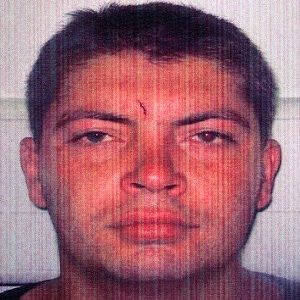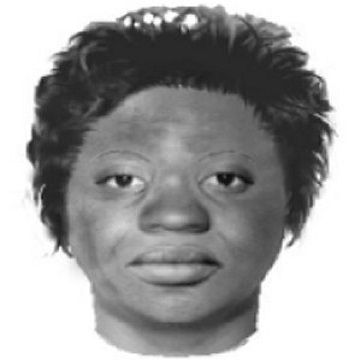On October 21, 2007, the body of a young man was found in a London public toilet. The only possessions he had with him were a travel pass, cigarettes and some betting slips. Fourteen years later, his identity remains unknown. On December 31, 2018, a man’s body was found in a salt marsh, Lincolnshire. His possessions included a plastic school sports day medal and a small mirror. Three years on, his identity remains unknown. On May 19, 2006, a woman was found outside St Helier’s Hospital, Sutton, where she died an hour later. The only possessions she had with her were 61 packets of cocaine, found in her intestines. Sixteen years later, her identity remains unknown.
The number of unidentified bodies cases is growing. In the UK alone, there are over 1,000 cases demanding police attention, with approximately 260 in London. Investigating unidentified bodies cases is a complex process. According to some experts in the field, police cuts and poor practices in the past mean that not enough is done to identify these people, with terrible consequences for their loved ones, who may never the truth of their disappearance.
Unidentified bodies are bodies or human remains found that cannot be identified. This can be for a variety of reasons, such as a person being found with no form of identification, or the fact that only a singular body part is found. The identification process can be incredibly difficult – which is why some people’s bodies remain unidentified years later. Unidentified bodies are automatically treated as a suspicious death across all 43 UK police services until it can be proved otherwise – a duty across all forces.


When a person is reported missing, police carry out important checks; the Metropolitan Police list searching the person’s mobile, visiting local hospitals, and speaking with friends and family, for example. For unidentified bodies, there is no specific checklist that has to be followed, however, the College of Policing provides information on what police are meant to do with unidentified body investigations.
First, a ‘scene evidence recovery group’ is responsible to ‘retrieve deceased persons, human remains, property and evidence from the scene’. If a body is found with possessions that could help identity them, such as a driving license, the item is photographed, recorded in detail, and removed for further testing. The body and/or remains are temporarily taken to a holding area, known as a holding audit area, before being taken to a mortuary. Throughout, it is important that notes are taken and information is documented, such as labelling bags, items and locations.
The process of identifying a body after death – an antemortem procedure – is carried out by an antemortem team. Here, the missing persons database is used to consider whether the found remains could have been a reported missing person, and information about the remains and significant features are noted for additional comparison. If a body cannot be identified, the police are responsible for informing the UK’s Missing Person’s Unit within the National Crime Agency, who then work together on the investigation. If the death is deemed non-suspicious, such as a death of natural causes or suicide, the investigation will go to the coroner.
Emma Tilley, senior review officer for missing persons charity Locate International, says there is not a specific code of practice as to how unidentified bodies investigations take place despite this information from the College of Policing. She believes that – particularly with long-term cases – the absence of DNA testing is a big problem.
“On the UK Missing Persons website, you’ll see a whole load of cases in the 70s. If those unidentified remains have been cremated or buried without DNA taken, there’s zero per cent chance of those cases being solved. Because how would they get solved? It’s impossible.”
Tilley adds that a major problem with solving unidentified bodies cases is linked to the cuts police have faced over time.
“Police have been cut to the bone,” she says. “They’re obviously going to prioritise cases in which there’s an interested party ringing them, chasing them. Issues police have to deal with like domestic violence … are going to take priority over an unidentified case, whereby nobody’s ringing to ask for an update, no one’s knocking on the door upset with what little is being done. Those cases are low down the list of productivity – and that’s a big issue.”
And there may be another problem too. Dave Grimstead, co-founder of Locate International and former police detective inspector, says it is not only the dead who can’t tell us who they are: “There are more and more cases where someone is alive but not able to identify themselves – and it rarely gets mentioned. It’s a growing issue, particularly with the increase in dementia and the homeless population.”
Efforts to raise awareness around unidentified people, dead and alive, is being considered. Tilley says volunteer-based work has proved best.
“Things such as The Missing Podcast raise awareness of unidentified bodies as a public interest matter. Those cases get the attention they deserve, but not at the cost of the public purse.”
The unidentified male found in a London public toilet fourteen years ago could still have a loved one searching for answers. The unidentified male found in a Lincolnshire salt marsh three years ago could still have a loved one searching for answers. The unidentified woman found outside St Helier’s hospital sixteen years ago could still have a loved one searching for answers. These unidentified bodies are people. They have families and friends and colleagues. So do the growing number of unidentified bodies in the UK. Although unidentified on a system, there could still be people out there searching, hoping to find answers.